Chatbot or Human, Who Handles Customer Service Better?
In the age of instant replies and 24/7 support, customer service has entered a new frontier. AI powered chatbots are no longer just simple FAQ responders, they can troubleshoot issues, process refunds, and even mimic conversational tone. But can they actually match, or beat, human representatives when it comes to resolving real customer complaints?
To find out, we explore the growing role of chatbots in customer service, and see how they stack up against their human counterparts in one of the most emotionally charged parts of business: customer complaints.
The Rise of the Chatbot in Customer Service
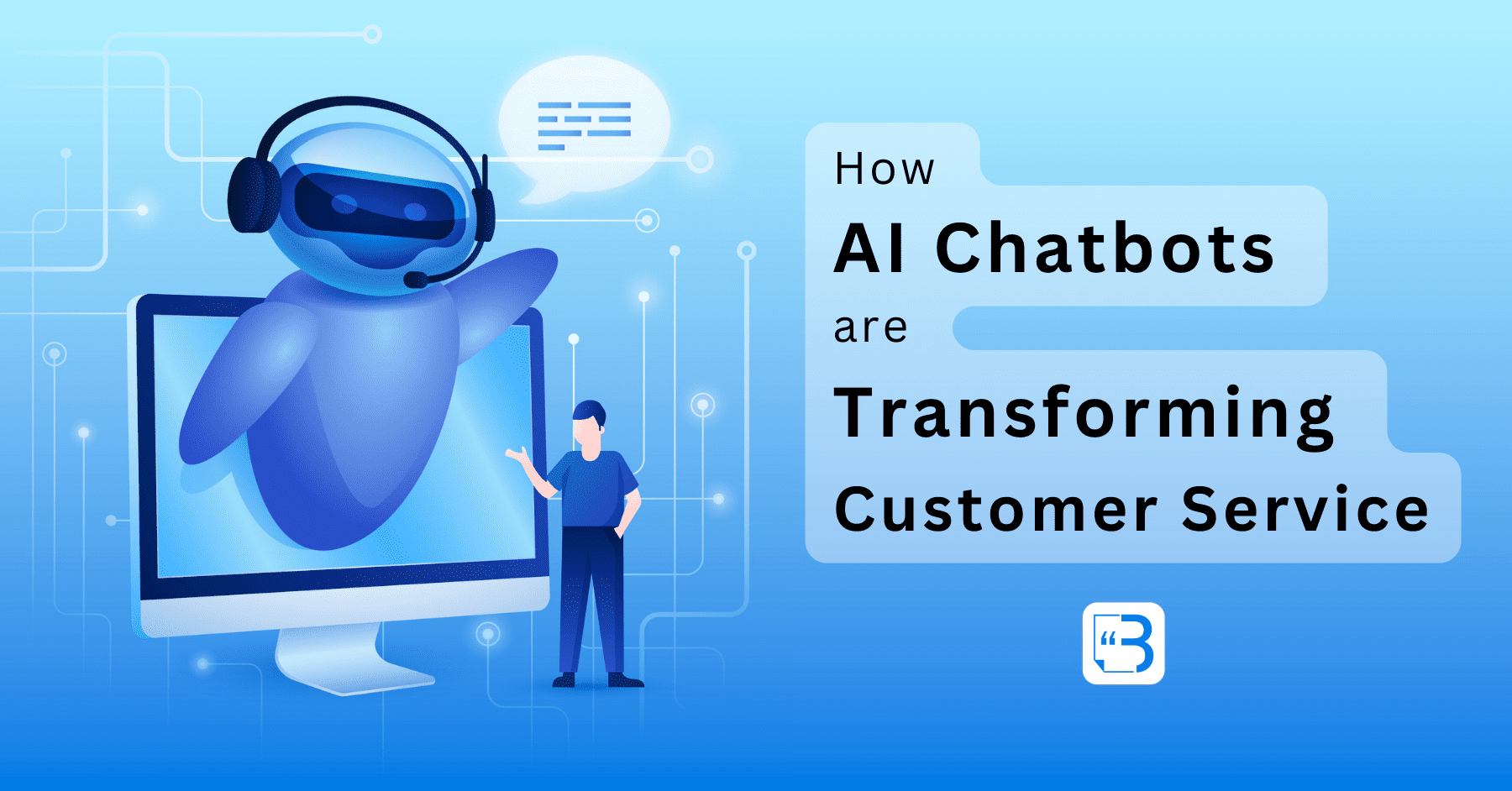
Popular platforms like Zendesk, Intercom, and Drift are using AI chatbots to triage tickets, automate basic requests, and resolve common issues in seconds. According to a report by Gartner, by 2027, chatbots are expected to become the primary customer service channel for about a quarter of all businesses.
But are they truly better, or just cheaper?
How Chatbots Handle Complaints: A Real Test
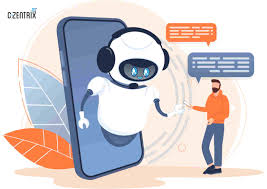
Let’s take a scenario and run it through an AI chatbot (GPT) to see it performs.
Scenario: A customer receives a defective pair of shoes and wants a refund. The shoes were a birthday gift, and the customer is upset.
Chatbot Response: “Hello! I understand you’re unhappy with your recent order. Please allow me to assist you. I have initiated a refund and can help with a replacement. For expedited shipping, please type ‘FASTSHIP’. Apologies for the inconvenience.” The chatbot is efficient and gets the job done, but it can’t add emotional intelligence, personalization, or empathy. That’s a huge factor when a customer is upset or disappointed.
- There may be specific chatbots more equipped to handle issues of customer servoce better/specific companies may have their own chatbots for purposes that align with their customers needs
Where Chatbots Excel
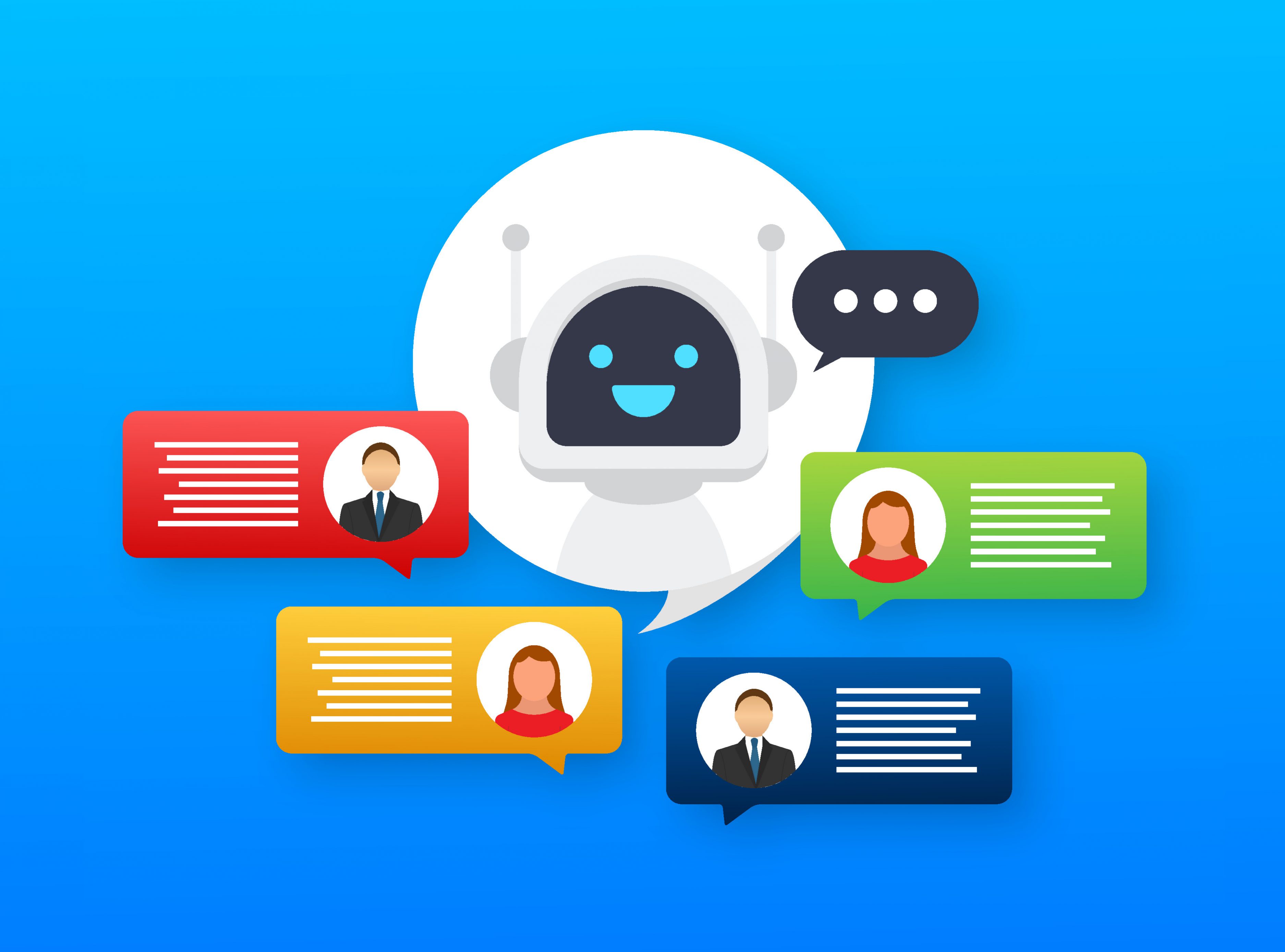
Despite their emotional limitations, chatbots have undeniable strengths:
1. Speed & Availability
AI chatbots can respond instantly, at any hour, in any time zone. No waiting on hold or navigating complex phone trees.
2. Cost Efficiency
They handle thousands of inquiries simultaneously, reducing the need for large customer service teams and cutting operational costs.
3. Consistency
Unlike human reps who might have bad days or inconsistent training, chatbots deliver the same tone and policy compliant responses every time.
4. Task Automation
For straightforward tasks, like checking order status, resetting passwords, or initiating returns, bots are hard to beat.
5. Multilingual Capabilities
Advanced LLMs can translate and reply in multiple languages instantly, widening accessibility for global customers.
Where Chatbots Fall Short
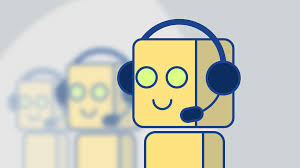
Still, bots are far from perfect and some gaps are hard to ignore.
1. Lack of Empathy
Even the most sophisticated chatbot can struggle to read emotional tone or respond with genuine care.
2. Complex Issue Resolution
When complaints involve nuanced problems—like mismatched product expectations or unclear billing issues—humans are better equipped to investigate and improvise.
3. Frustration with Loops
We’ve all been there: trapped in a chatbot loop, typing “agent” repeatedly, only to get rerouted. When bots fail, they fail hard.
4. Limited Escalation Power
A chatbot might not have the authority to offer goodwill gestures (discounts, rush shipping, apologies with personal touches) that humans can.
5. Brand Reputation Risks
A robotic or insensitive response to a delicate situation can make a customer feel unheard, or worse—insulted. That can go viral fast.
Human Agents: Still the Gold Standard?

Human representatives are still the benchmark for high quality, emotionally intelligent service. They offer
- Empathy and active listening
- Creative problem-solving
- Personal connection that builds loyalty
- Judgment calls that build trust
In industries where relationships matter, like hospitality, healthcare, or luxury retail, human reps often make the difference between a one time buyer and a lifelong customer.
So…Who Handles It Better?
It depends on the context.
- For fast, low stakes inquiries (order tracking, return requests, FAQs): Chatbots win for speed and scalability.
- For emotionally sensitive or high stakes issues (product failures, service dissatisfaction, complaints): Humans win with empathy and nuance.
- For hybrid service models (chatbot triage + human escalation): Everyone wins.
The best customer service strategies don’t treat it as a competition but a collaboration. Chatbots handle the basics and reduce wait times, while humans step in when care, creativity, or connection are needed.
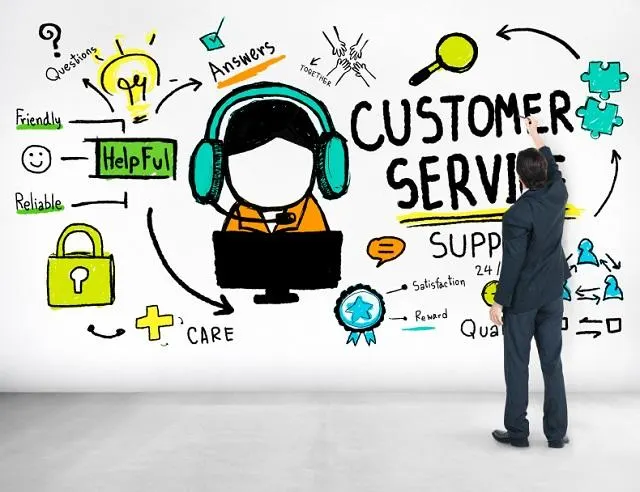
The Future of Customer Service: Collaboration, Not Replacement
Rather than asking chatbot or human?, forward thinking companies are designing human+AI systems. Chatbots can now flag customer emotions through sentiment analysis, then route frustrated customers to human agents with full conversation context. AI can also assist human reps, suggesting responses, analyzing tone, or pulling up account data in real time.
And with generative AI improving daily, future bots may sound indistinguishable from humans. But until then, empathy remains a uniquely human superpower.